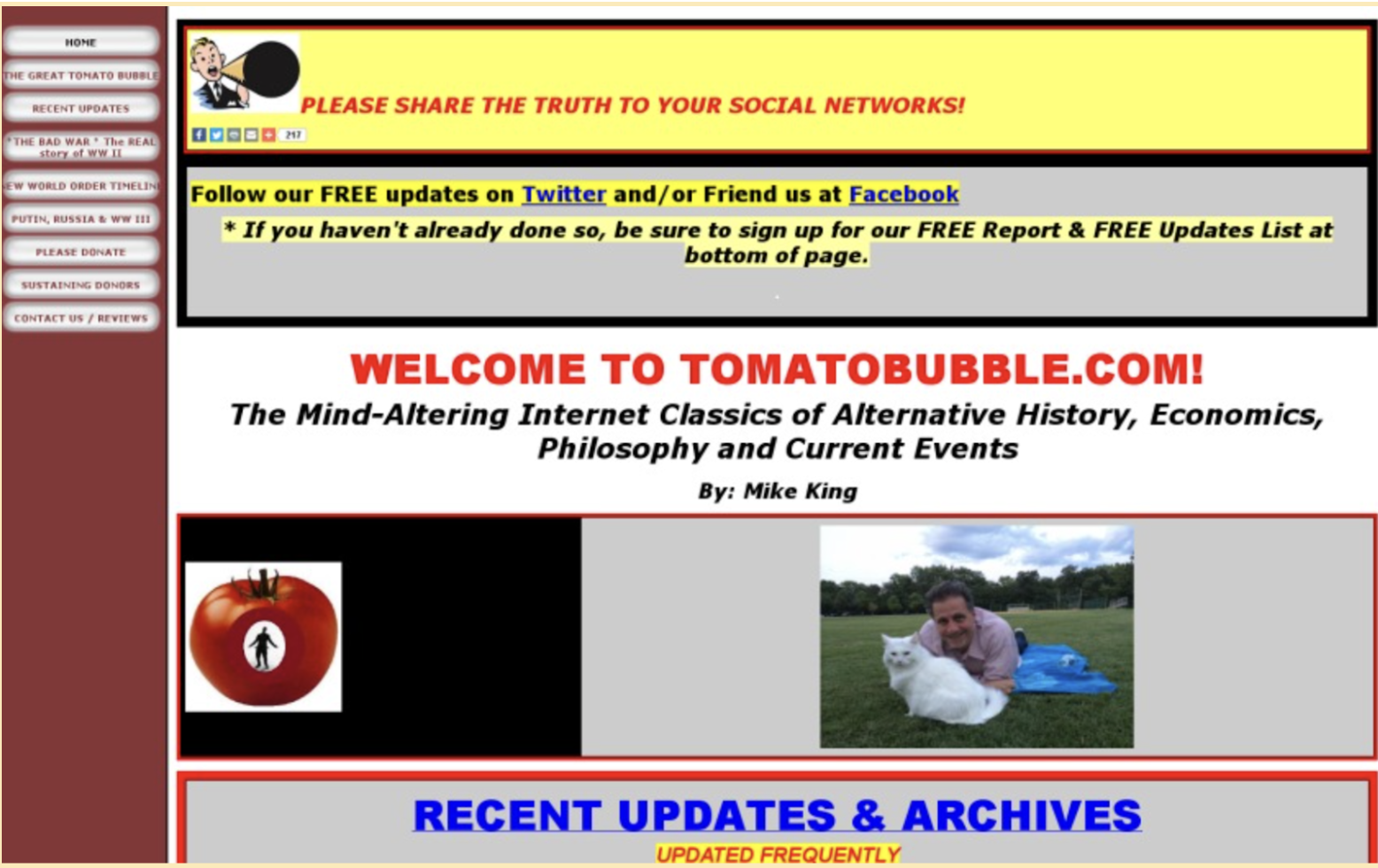“As leaders, we need to get more comfortable with conflict and make space for disagreements. Messy is a valuable part of the process. Struggles, disagreement, and conflict in the mix creates authentic unity over time. Great work involves struggle.” – Emergent Strategy by Adrienne Maree Brown
I often work with leadership teams on problems that don’t have a fixed answer. Like heroes on a quest, we might know the direction of travel and have a sense of where we’re going, but we don’t know exactly how things will end up or what we will find along the way. Sometimes the destination is clear, but the route to get there is up for debate. Different team members see the value of one plan or the potential pitfalls in another, but no one can be certain that they know the best course of action.
One of the most valuable things leaders can do is hold space for ambiguity and disagreement. A leader’s job isn’t to come up with all the ideas on their own, it’s to create the conditions for ideas to flourish. Let people argue it out! Just make sure you focus the disagreement on the task and not on the personalities involved in the dispute.
Bring together a diverse group that doesn’t give ideas the benefit of the doubt. Diverse groups are better at questioning what they don’t understand.
As leaders, we’re rewarded for impatience and certainty. That can make holding space for disagreement, which is messy and time-consuming, challenging. But complex problems are characterized by ambiguity and disagreement. In fact, struggle is an indicator that you’re moving in the right direction. After all, if the problem were easy, it would already be solved.
To effectively hold space for disagreement, you need to manage your own uncertainty and anxieties. Anxiety can flare up as a problem gets messier. If you aren’t calm and open to the possibilities, your team won’t be either. People need to feel safe to put forward their ideas. And you, as their leader, need to trust that you and your team will eventually converge on the right path.
I support leaders as they co-create solutions to their most challenging problems. I coach people to lead transformational change. If you’re feeling daunted by a complex problem, send me an email or connect with me on LinkedIn.
* * *
Want to get these articles in your inbox? Subscribe here to join the conversation and download a sample from Meltdown.











